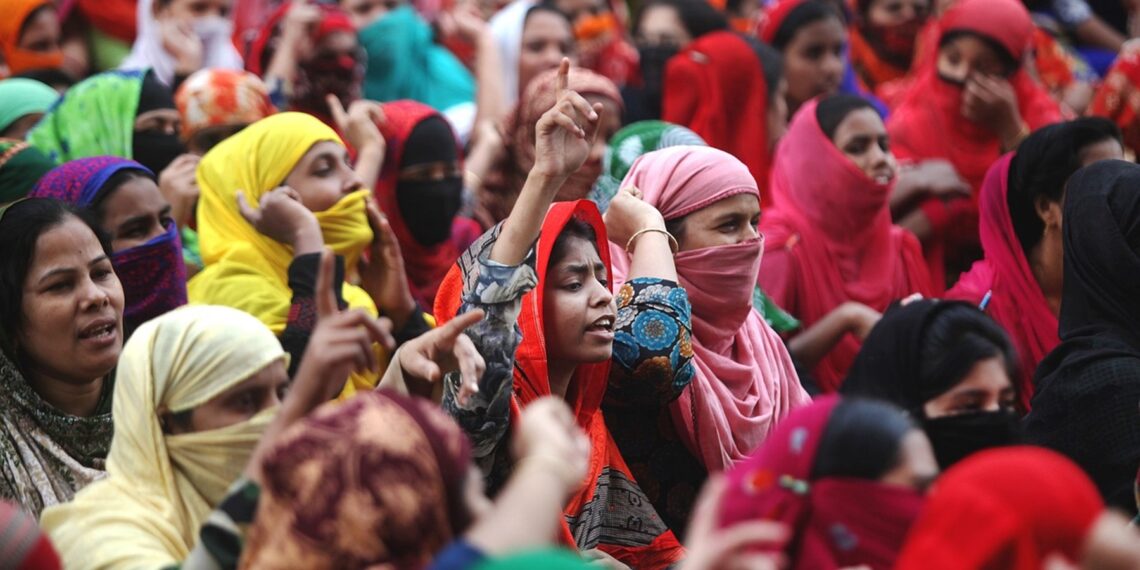Bangladesh was always the proverbial midpoint between the fanatical hotspots of South Asia and South East Asia.
I, for instance, have maintained that the erstwhile East Pakistan is the crucial “after-action” pullback area for Islamist groups operating from the Af-Pak region after such tanzeems conduct anti-India subterfuge.
Similarly, the warrens and marshes of the sinister piece of “radical” real estate acted as the “fallback ground” for Southeast Asian extremist organisations such as Jemaah Islamist.
However, the “Third Wave of Radicalisation” which followed the ouster of the Islamic State or Daesh from Iraq and Syria as a result of the US-led “Op Enduring Freedom” witnessed a virtual end to the hizrah or flight of the Islamist zealots from around the world to Abu Bakr-al-Baghdadi’s neo-caliphate.
Consequently, there was a state of twilight in the Salafist upheaval and sporadic, but spectacular attacks by “lone wolves” across the globe were reported.
Then there was a lull. The tanzeems were regrouping and planning their next move.
Bangladesh, as I have been stating in all my writings and speeches, have always actually been bipolar.
There is a good section that stood by its founding principles and was more or less pro-India.
The other, led by people such as Gholam Azam (who could never come to terms with the severance from Pakistan), came to identify itself with the global Salafi movement that had characterised the manifestation of the transformative moment that puritanical Islam was experiencing.
The latter was rabidly anti-India and pro-Pakistan. This group had collaborated with the Pakistani aggressors in 1970-71 to (as Gary J. Bass writes in his book “The Blood Telegram: India’s Secret War in East Pakistan”) “decapitate the Awami League leadership” and “cow down the Bengali population through genocide”.
It is this sinister cabal that is ruling the roost in Bangladesh after the ouster of Sheikh Hasina.
The vandalisation of the house of Bangladesh’s founding father, Sheikh Mujibur Rahman in Dhaka by Islamists on February 5, 2025 is much more than an unfortunate incident.
It was planned and executed to proclaim.
The radical forces in Bangladesh wanted to inform the civilised world about two important aspects.
First, it was to erase the most important symbol of Bangladesh’s “soul”: all remnants of Erstwhile East Pakistan’s “Blood, toilet, tears and sweat” as it fought to tear itself away from a predator was erased.
Secondly, it announced to the world that Bangladesh has emerged as the epicentre of fanatical Islamism.
The primary agenda of the “new concern” would be anti-India.
The North East of India which not only precariously abuts a rabid Bangladesh, but has been acting as a “gateway” for radical Islam to thoroughfare the demographic jungles of Lower Assam and infect a susceptible population throughout India is a visible threat-in-being.
While 90% of the minority population in India are from the Hanafi or moderate school of Islam not drawn by the “Call of the Salafist”, there is apprehension that certain fence-sitters and a misguided few may be influenced by the menace.
The Indian state must immediately put into motion the following aspects to guard against the danger.
New Delhi must clinically identify the elements that have already entered India and use every means, including kinetic methods, to restrict them from reaching their target population.
Incidentally, it would not do to begin a racial profiling exercise in this hour of crisis. Instead, it must psychologically segregate the target population.
Minorities should be utilised and co-opted by the state as a foil against such attempts.
Intelligence about the “goings-on” in Bangladesh has to become firmer. Post-hoc revelations after the proverbial bird has flown are not intelligence.
Bangladesh is a classic example of all that has gone wrong in India’s forward intelligence engineering.
Diplomacy seems to have not achieved much. Sending the Indian Foreign Secretary Vikram Misri to Dhaka turned out to be a damp squib and should have been avoided.
ALSO READ: GAFF 2025 to begin in Guwahati with diverse lineup of films and distinguished guests
It is my considered view that firm action against the anti-India forces is the only option that New Delhi is left with.
One of the first articles that I wrote in the immediate aftermath of Sheikh Hasina’s fleeing to India “Let us Return to Dhaka” (https://nenews.in/opinion/let-us-return-to-dhaka/13460/) was pooh-poohed by the mandarins in New Delhi.
Bowing to my “superiors”, I reviewed my observation about how Bangladesh was unravelling itself by calling for “Strategic Patience” (https://nenews.in/opinion/strategic-patience-in-the-arc-of-conflict-a-region-in-turmoil/13650/).
But the patience has not borne fruit. If anything, it has only emboldened the anti-India forces in present Bangladesh.
A crucial expanse in India’s eastern seaboard which is teaming up with India’s arch enemy, Pakistan, is extremely detrimental to India’s national security. It is high time we acted.















